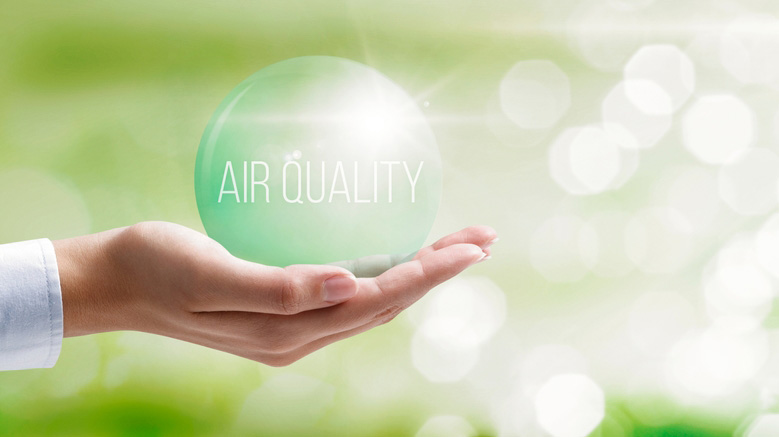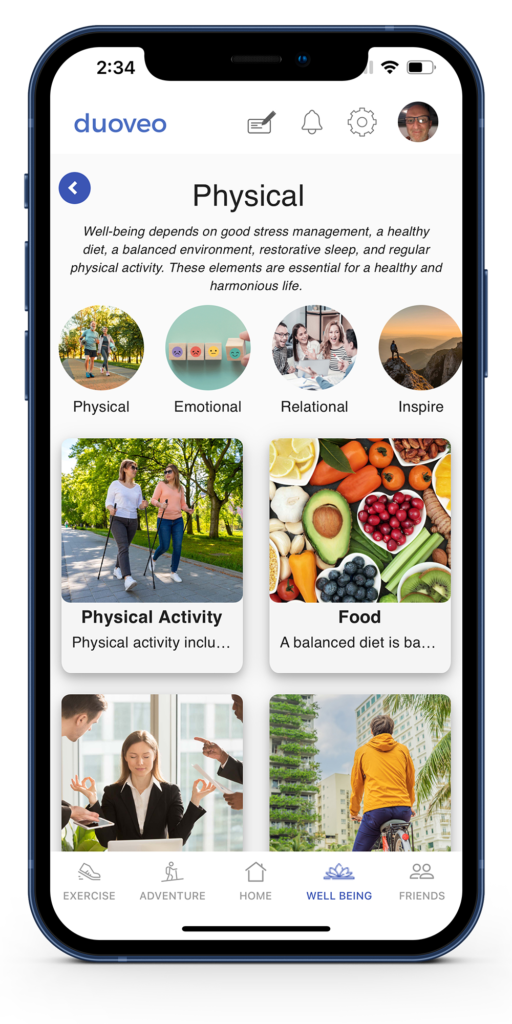Breathing deeply in pure, fresh air is a simple pleasure that nourishes both body and soul. However, this small miracle of oxygen is only possible in a healthy environment. Did you know that good air quality can transform your physical well-being, energy levels, and even your mental state? Let’s dive into this invigorating breeze and discover together why a clean environment is more than a luxury—it’s a necessity for breathing health.
1- Breathing: This Vital Gift
Breathing is such a natural act that we almost forget about it. Yet, it is the keystone of our vitality. Each inhalation allows oxygen to reach our cells and propel the energy necessary for our survival. However, if the air we breathe is saturated with pollutants, this energy quickly turns into poison.
A healthy environment, free from fine particles, allergens, and volatile chemical compounds, offers our lungs pure air. And pure air means easy breathing, better blood oxygenation, and, ultimately, a body in full health.
2- Pollution: The Invisible Poison
Let’s take a moment to observe what pollutes our daily air:
- Fine particles (PM2.5 and PM10) from industrial emissions and transportation.
- Volatile organic compounds (VOCs) emitted by chemical products and paints.
- Allergens such as pollens or molds.
- Carbon dioxide (CO₂) and toxic gases like carbon monoxide (CO).
These invisible enemies are responsible for an impressive array of health problems: asthma, bronchitis, allergies, and even cardiovascular diseases. According to the World Health Organization, approximately 7 million premature deaths worldwide are linked to air pollution each year. So yes, purifying one’s environment is not a whim but a matter of survival.
3- The Benefits of a Healthy Environment on Breathing
A clean environment acts like a breath of fresh air for your body. Here are some positive impacts:
- Stronger Lungs: Without the constant assault of pollutants, your airways regenerate and become more efficient.
- Reduced Inflammations: Fewer irritating elements mean a decrease in asthma attacks and other respiratory issues.
- Better Sleep Quality: Breathing pure air promotes deep and restorative sleep.
- Optimized Aerobic Capacity: Whether you’re an athlete or not, your physical performance naturally improves.
4- Actions to Purify the Air Around You
So, how can you create a sanctuary of purity for your lungs? Here are some inspiring avenues:
- Integrate Air-Purifying Plants
Certain plants, like pothos, areca palm, or English ivy, absorb air pollutants and release oxygen. Install them in your home for natural and aesthetic purification - Purify the Air with Modern Devices
Air purifiers are your allies against fine particles and allergens. Opt for models equipped with HEPA filters for optimal results - Ventilate Daily
A simple yet effective gesture: open your windows each morning to renew indoor air and expel accumulated pollutants - Reduce Sources of Domestic Pollution
Favor natural cleaning products, limit the use of scented candles or incense, and avoid smoking indoors.
5- Green Spaces: A Lung for Our Cities
Trees and urban green spaces are not just decorations. They are true natural purifiers that capture CO₂ and produce oxygen. A study by Lancaster University revealed that tree-lined streets reduce the concentration of fine particles by 25%. So, let’s invest in greening our spaces for a collective breath of health improvement.
6- The Link Between Mental Well-being and Air Quality
Breathing healthy air not only boosts your body but also acts on your mind. Clean air improves concentration, reduces stress, and promotes a positive mood. Research shows that air pollutants can affect the central nervous system, increasing the risks of anxiety disorders and depression.
Conclusion
A healthy environment is a gift we give to our bodies, our minds, and our future. Breathe better, live better: this is the promise of pure air. So, take care of your environment, because by protecting air quality, you also protect your well-being.
Sources :
- « Air pollution and health » – World Health Organization (who.int)
- « Health effects of particulate matter » – European Environment Agency (eea.europa.eu)
- « Plants for indoor air quality » – NASA Clean Air Study (nasa.gov)
- « The impact of air pollution on mental health » – Lancet Psychiatry (thelancet.com)
- « Urban green spaces and their impact on air quality » – Environmental Research (sciencedirect.com)


